Abstract: This article compares the merits of integrating and sigma delta ADC architectures for panel meter applications. It focuses on the difficult-to-understand concepts of over-sampling, noise shaping, and decimation filtering. It includes a description of a new family of panel-meter-specific ICs, the MAX1491-MAX1499.
If the integrate cycle time = T, then all frequencies of N 1/T are completely rejected (theoretically). T can be chosen to reject 50/60Hz noise. Since an analog integrator is effectively a low pass filter, all input signals with periods significantly shorter then T average out to zero. For digital panel meter applications, a wide selection of integrating ADCs with built-in LED and LCD drivers are available to provide a stand-alone solution. The ICL71xx industry-standard integrating ADCs are showing their age, but improved parts are available.
The performance of integrating ADCs relies on precision integration and de-integration cycles, which requires precision external components. The most critical components are auto-zeroing and integrating capacitors. Both of these capacitors require exceptional dielectric absorption characteristics to reduce the memory effect, which ultimately limits accuracy. These high performance capacitors are costly and are susceptible to leakage currents, so careful PCB layout and cleaning are required.
Some of these parts require dual supplies, which add additional cost. For smaller form factors, die packaging was often the only solution. An external zener diode, reference created the ADC's reference voltage. Non-linear input signals need specialized signal conditioning to convert the signal to ±2V or ±200mV, for displaying on the LED or LCD panel.
The digital filter converts the analog modulator output to the digital output word and also provides lowpass filtering. In panel meter applications, a Sinc³ filter response with notches at 50 and 60Hz excellent (>100dB) 50/60Hz rejection. However, one disadvantage inherent in the sigma-delta architecture is that the filter does not provide attenuation at integer multiples of the modulator sampling frequency. The modulator frequency is based on the over sampling ratio (OSR) x data output rate. In practice, large oversampling ratios result in the modulator sampling frequency being well above the bandwidth of the input signal. Anti-aliasing filter can be omitted without degrading system performance if the magnitude of the input signal at the modulator sampling frequencies is small.
The MAX1491—MAX1499 utilizes a Sigma Delta Architecture and is an excellent choice for panel meter applications. It features an integrated oscillator, an internal 2.048V bandgap reference (20ppm/°C typical) and an on-chip charge pump that internally generates a negative supply for the BI-polar, high impedance input buffers (>1GΩ typical). These 20-bit sigma delta based ADCs include low battery warning, peak detector and hold function. For ±2V input range, the oversampling ratio is 128 and for the ±200mV input range, the oversampling ratio is 1024.
Optional SPI™/QSPI™/MICROWIRE™ compatible serial interface increases flexibility. In additional to replacing dip-switches and jumpers needed to configure the panel meter, a µC interface allows for linearization or table lookup of the conversion result using a cheap µC before displaying the output. Non-linear measurements such as thermocouple measurements, thermistor measurements or pH no longer require complex analog linearization. Use the table below select the suggested functional equivalent of the integrating panel meter ICs.
Integrating Architecture
An integrating converter architecture combines high resolution and excellent noise rejection, making it ideal for converting low-bandwidth analog signals. Integrating ADCs reject both high frequency noise and 50/60Hz noise.If the integrate cycle time = T, then all frequencies of N 1/T are completely rejected (theoretically). T can be chosen to reject 50/60Hz noise. Since an analog integrator is effectively a low pass filter, all input signals with periods significantly shorter then T average out to zero. For digital panel meter applications, a wide selection of integrating ADCs with built-in LED and LCD drivers are available to provide a stand-alone solution. The ICL71xx industry-standard integrating ADCs are showing their age, but improved parts are available.
The performance of integrating ADCs relies on precision integration and de-integration cycles, which requires precision external components. The most critical components are auto-zeroing and integrating capacitors. Both of these capacitors require exceptional dielectric absorption characteristics to reduce the memory effect, which ultimately limits accuracy. These high performance capacitors are costly and are susceptible to leakage currents, so careful PCB layout and cleaning are required.
Some of these parts require dual supplies, which add additional cost. For smaller form factors, die packaging was often the only solution. An external zener diode, reference created the ADC's reference voltage. Non-linear input signals need specialized signal conditioning to convert the signal to ±2V or ±200mV, for displaying on the LED or LCD panel.
Sigma-Delta Converters
Sigma-delta converters are also well suited for low bandwidth, high-resolution acquisition. Panel meter designers often choose integrating ADCs because they are familiar and widely available. Sigma delta converters combine a simple analog modulator with a more complex digital filter. Accuracy depends on the noise and linearity performance of the modulator, which uses high performance amplifiers. They are not dependent on highly accurate external components. Smaller process geometries have allowed IC manufacturers to integrate references, clock sources, charge pumps and display drivers while remaining economical.The digital filter converts the analog modulator output to the digital output word and also provides lowpass filtering. In panel meter applications, a Sinc³ filter response with notches at 50 and 60Hz excellent (>100dB) 50/60Hz rejection. However, one disadvantage inherent in the sigma-delta architecture is that the filter does not provide attenuation at integer multiples of the modulator sampling frequency. The modulator frequency is based on the over sampling ratio (OSR) x data output rate. In practice, large oversampling ratios result in the modulator sampling frequency being well above the bandwidth of the input signal. Anti-aliasing filter can be omitted without degrading system performance if the magnitude of the input signal at the modulator sampling frequencies is small.
The MAX1491—MAX1499 utilizes a Sigma Delta Architecture and is an excellent choice for panel meter applications. It features an integrated oscillator, an internal 2.048V bandgap reference (20ppm/°C typical) and an on-chip charge pump that internally generates a negative supply for the BI-polar, high impedance input buffers (>1GΩ typical). These 20-bit sigma delta based ADCs include low battery warning, peak detector and hold function. For ±2V input range, the oversampling ratio is 128 and for the ±200mV input range, the oversampling ratio is 1024.
Optional SPI™/QSPI™/MICROWIRE™ compatible serial interface increases flexibility. In additional to replacing dip-switches and jumpers needed to configure the panel meter, a µC interface allows for linearization or table lookup of the conversion result using a cheap µC before displaying the output. Non-linear measurements such as thermocouple measurements, thermistor measurements or pH no longer require complex analog linearization. Use the table below select the suggested functional equivalent of the integrating panel meter ICs.
| Part | Resolution | Display Type | Functional Equivalent |
| ICL7106 | 3.5 | LCD | MAX1491 |
| ICL7107 | 3.5 | LED | MAX1496 |
| ICL7116 | 12 bits | µP | MAX1492, MAX1497 |
| ICL7117 | 3.5 | LED | MAX1496 |
| ICL7126 | 3.5 | LCD | MAX1491 |
| ICL7129 | 4.5 | Multiplex LCD | MAX1493 |
| ICL7136 | 3.5 | LCD | MAX1491 |
| ICL7137 | 3.5 | LED | MAX1496 |
| MAX130 | 3.5 | LCD | MAX1491 |
| MAX131 | 3.5 | LCD | MAX1491 |
| MAX136 | 3.5 | LCD | MAX1491 |
| MAX138 | 3.5 | LCD | MAX1491 |
| MAX139 | 3.5 | LED | MAX1498 |
| MAX140 | 3.5 | LED | MAX1496 |
Additional Information
For more information on the theory and operation of integrating and sigma ADCs, refer to the following application notes:Understanding Integrating ADCs
Demystifying Sigma Delta
MICROWIRE is a trademark of National Semiconductor Corp.
QSPI is a trademark of Motorola, Inc.
SPI is a trademark of Motorola, Inc.
 电子发烧友App
电子发烧友App











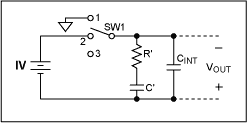

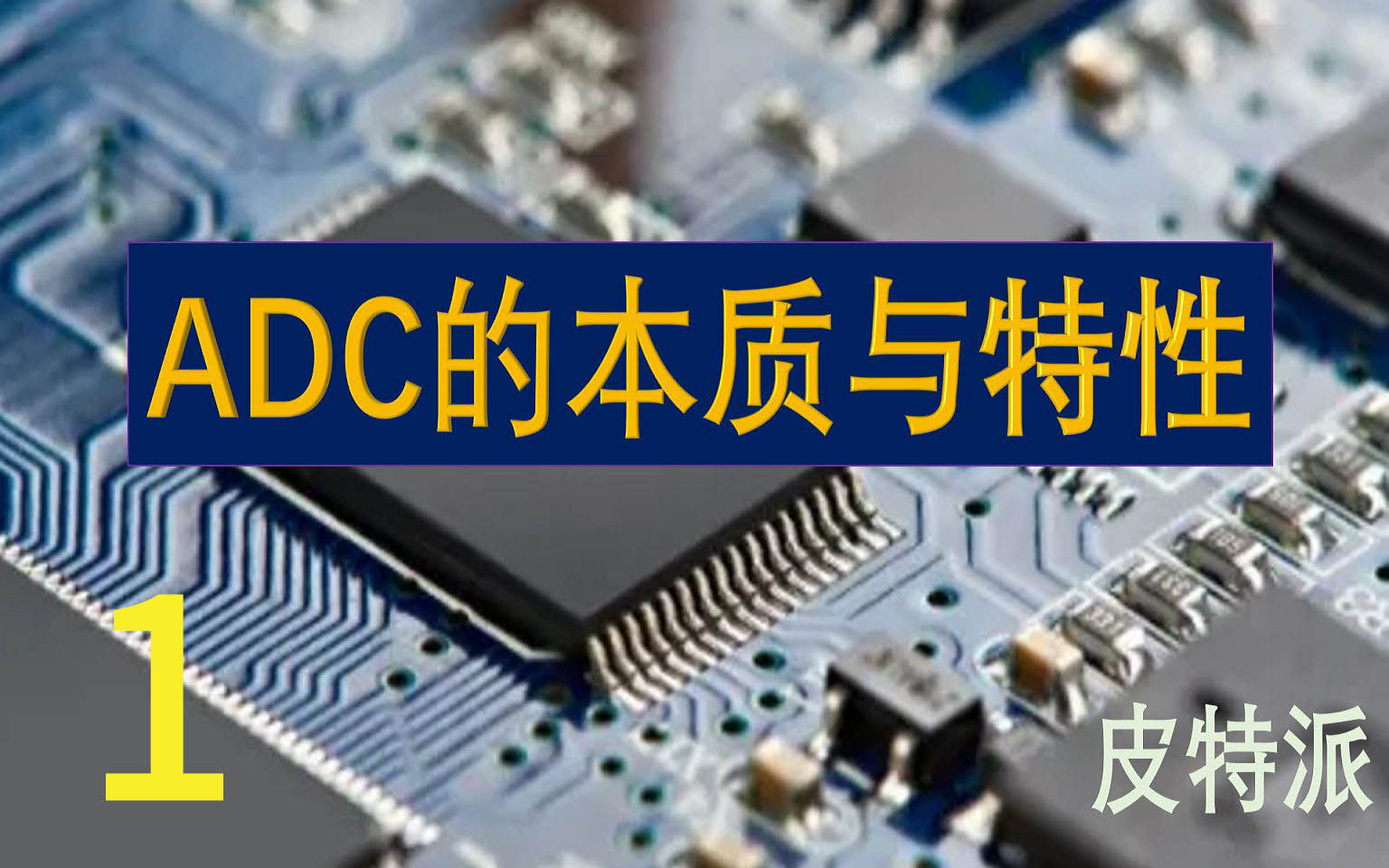

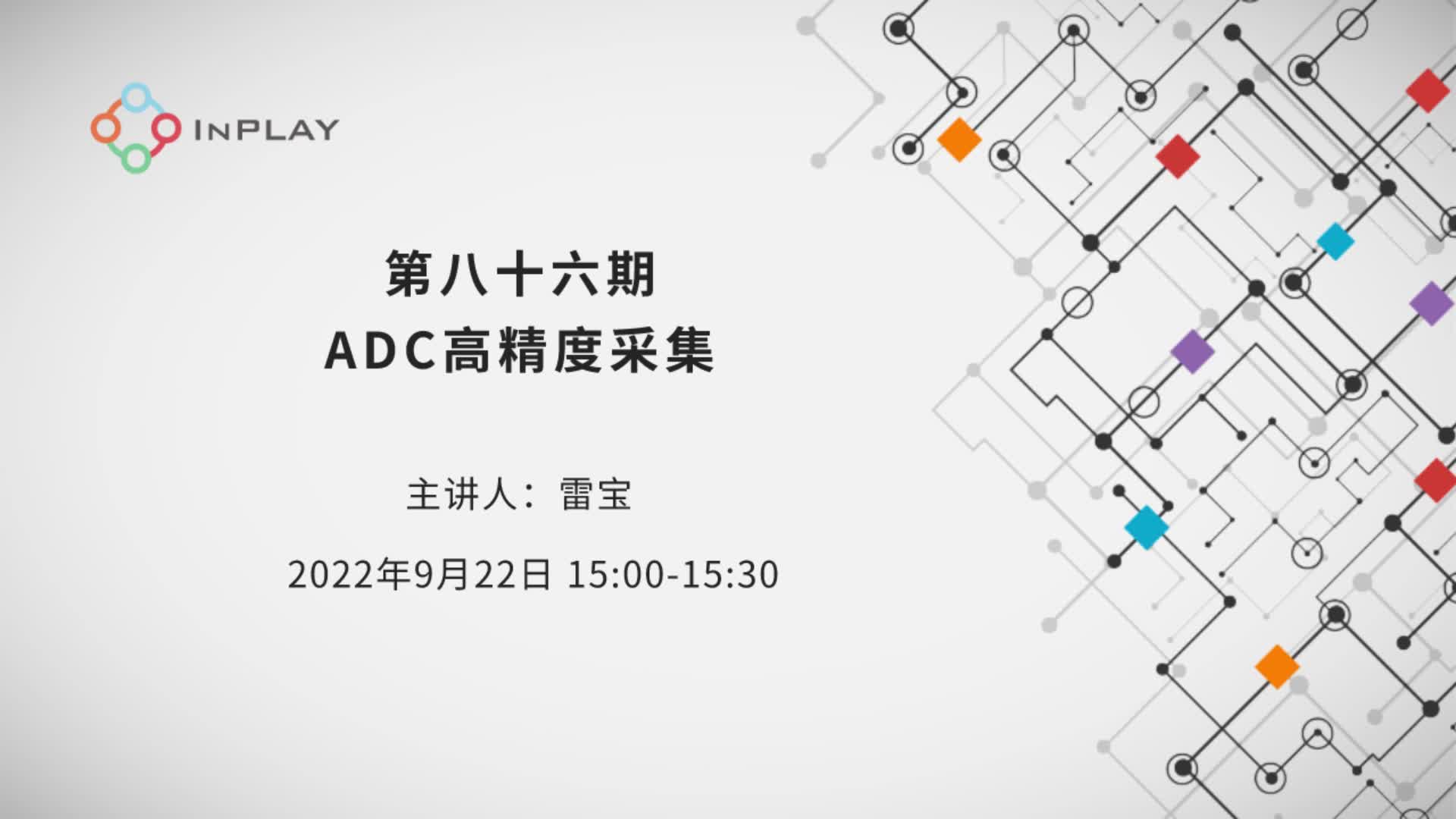
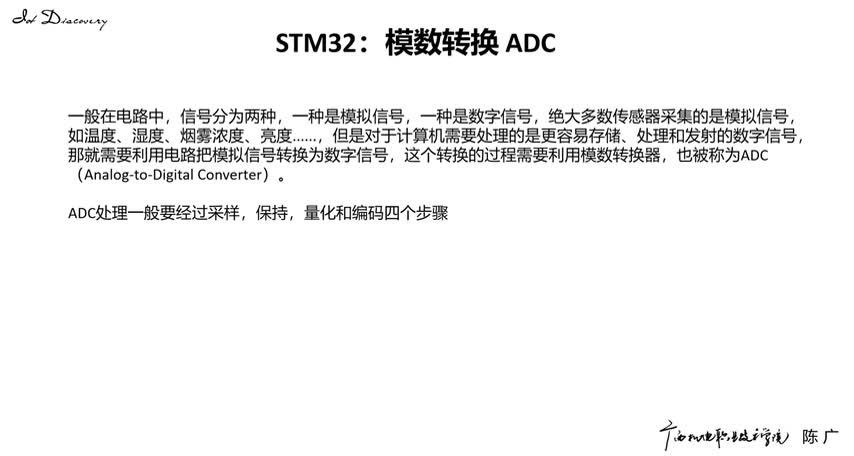
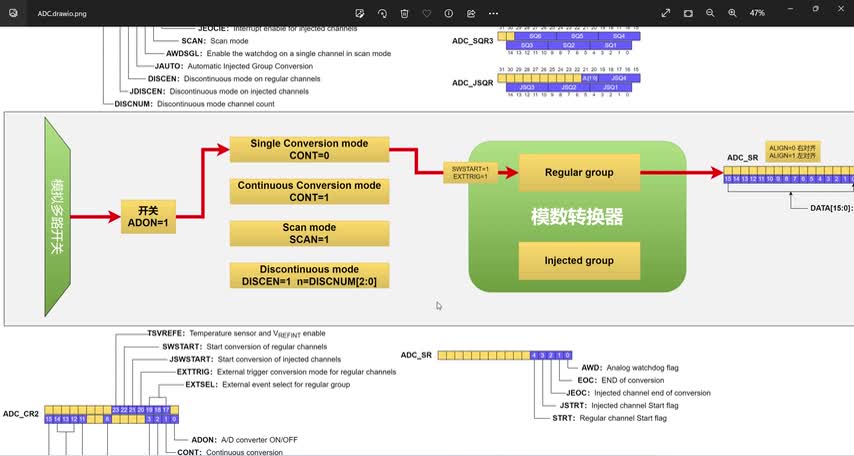
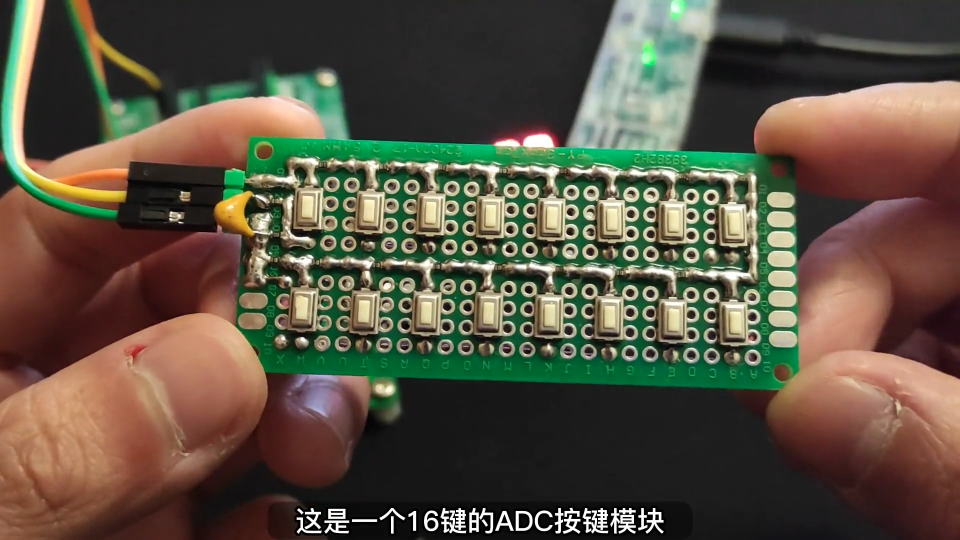










评论